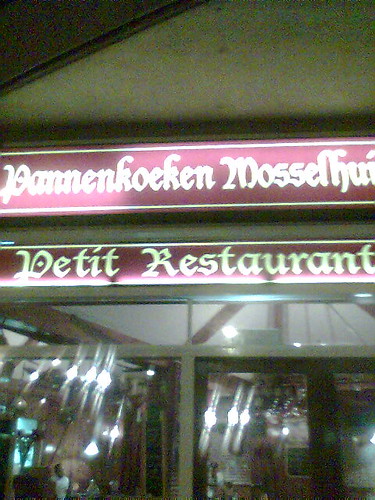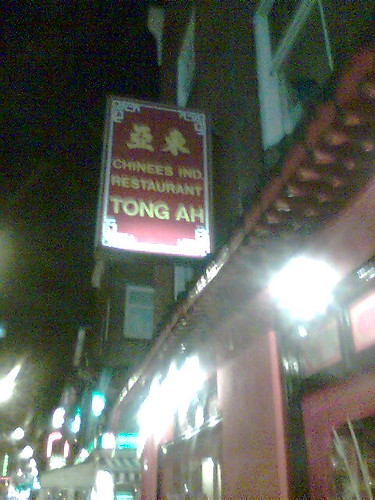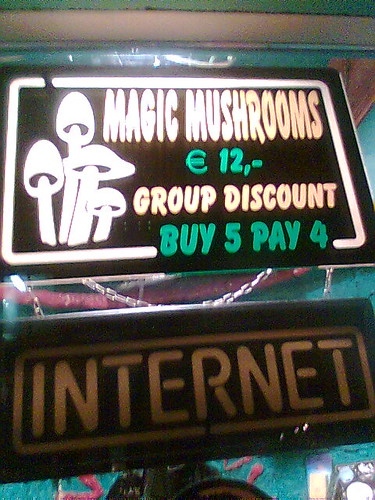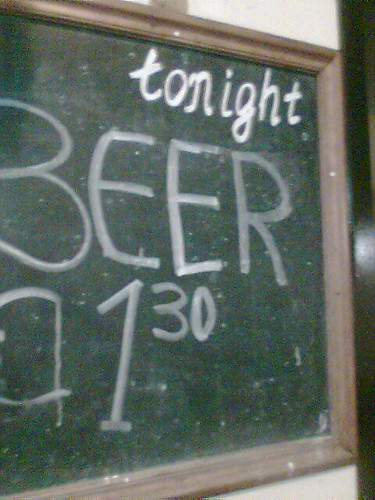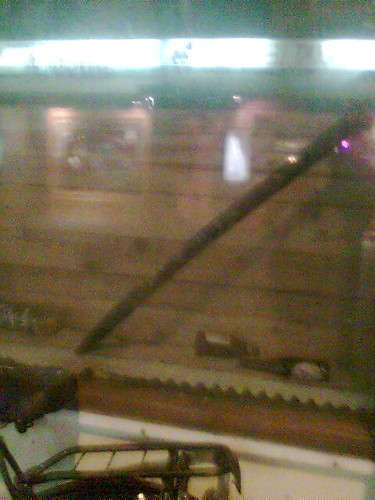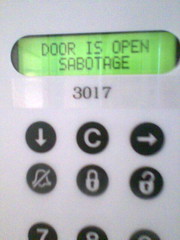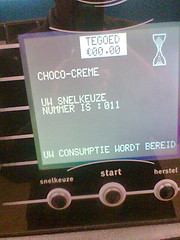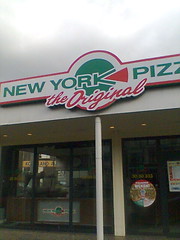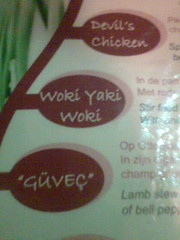After a year navigating the streets (and traffic) of new york city by bicycle, The Netherlands is certainly a joy. There are certainly more bikes here than cars; indeed, it's oft stated that there are more bikes than people. One fast fact at hand: the Amsterdam train station has a parking garage for 2,500 bikes. And that's not counting the masses parked in front of and around the station.
As you can see in these two photos, I don't work in a small building. At fifteen stories, it's the biggest building around and one of the larger buildings in The Hague.
This large office building has two parking garages, in front and in the rear -- both are for bicycles only -- there's no car parking. On the left is the my parking lot at work. On the right is a shot of my bike at the supermarket, which also has no car parking.
Streets basically have four parts. From left to right in the two photos below: traffic; car parking; bike lane; sidewalk. In fact, the City of New York has proposed exactly that for Manhattan's 9th Avenue, well at least for seven blocks thereof, which would give us cyclists a solid 90 seconds of security. Still, I don't want to knock it, because it is a lovely system and (in an ideal world) perhaps it could catch on in New York. A diagram can be found
here (
Gothamist).
When you come to an intersection, you get your own green/yellow/red traffic signal, at bicycle level (photo on left) and some intersections have bicycle specific direction / distance signs to neighboring towns (photo on right).
During rush hour, a lot of bicyclists can arrive to these mini-red lights, so some intersections have special left turn lanes - within the bike lane. (photo on left) In the rare case where the bike lane is not segregated, you get to cut in front of the traffic into a "bike box" while you wait at the light. (photo on right) This concept is much better documented and photographed
here, where it shows Manhattan's one and only such "bike box," located at W. 9th and 6th Avenue. (
StreetsBlog!)
In Manhattan, 6th Avenue is a great way to get uptown because there's a very long bike lane. But when a building is under construction, for some reason the bike lane gets eliminated, leaving you completely at the mercy of traffic. That would never happen here. These photos show two examples of the Dutch making a path for bicyclists, despite the road work.
Here are two final photos. On the left, there's some sidewalk work going on, so even the bike lane gets a warning sign. And on the right, a wheelchair-scooter-thing, which is how people in wheelchairs zip around the city in bike lanes.
